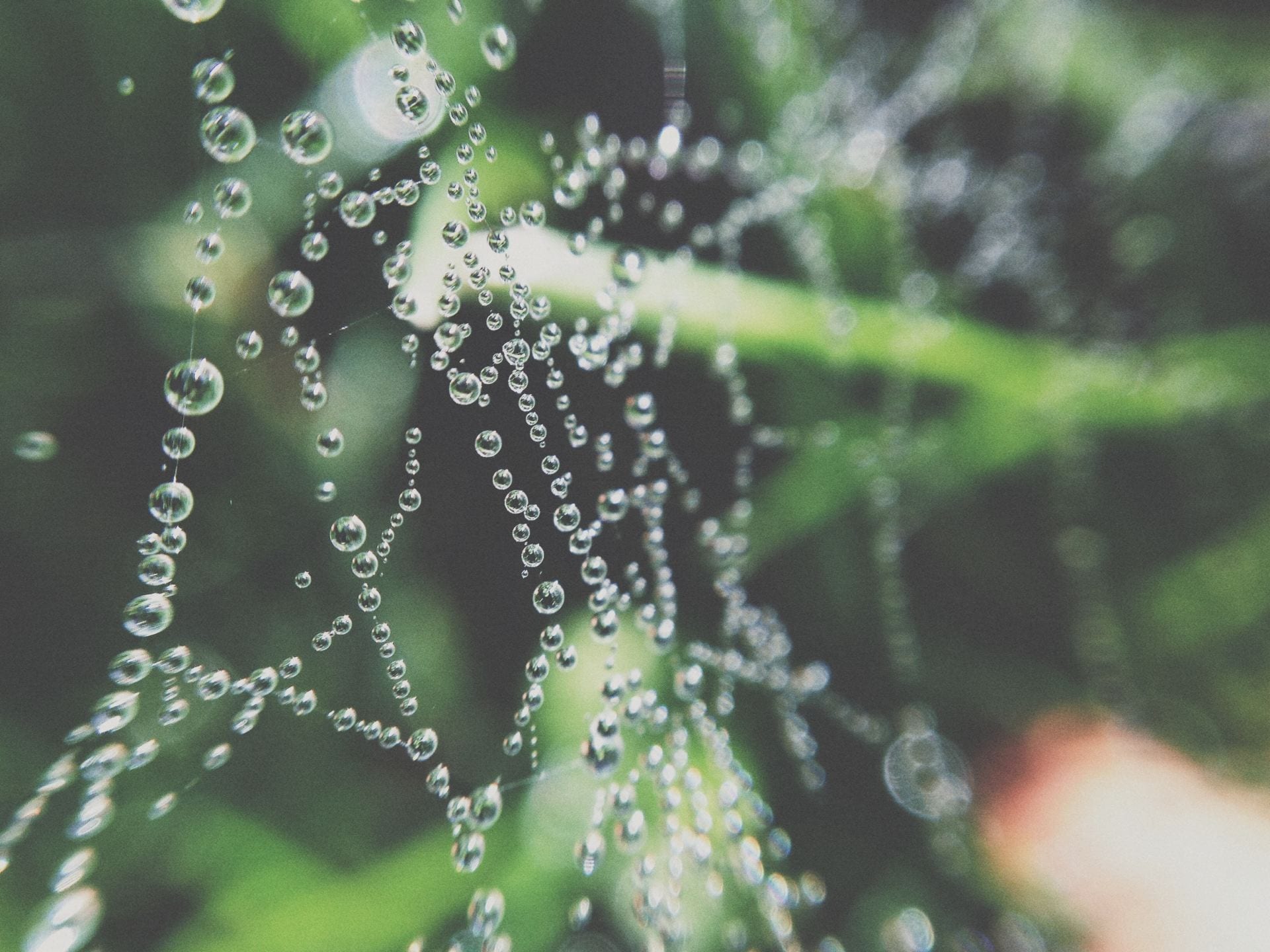When the American military and universities developed what we now know as the internet, they probably didn’t realize just how much impact this invention would come to have. By connecting a few computers into a network, they laid the groundwork of the most important invention of the 20th century. But in the beginning, the internet was not for everybody. We should all give a big thanks to Tim Berners-Lee, who not only invented the World Wide Web, but also chose to make it free for the public to use. The internet would not be the same without web.
The term “network” can be interpreted in many ways and it is a key word when discussing internet, web and social media. A network involves a kind of interconnectedness between different elements. When talking about the internet, network refers to a physical network, connecting multiple computers to minimize the risk of crashes as well as sharing information. Via the web, networks became more personalized with the popularity of social sites like MySpace, where you could create your own profile and promote yourself through it as well as connecting with other people e.g. through mutual interests. These social networks were wildly popular in the early 2000’s and they still are. Today we just call them social media. One big thing that has changed since MySpace’s days of glory is that everybody has smartphones now a days. As some told me recently: “why are they called smartphones when they only make us more stupid?”. I would argue that smartphones has had a great impact on web 2.0 and especially in relation to social media, which many use mainly on their smartphone.
Although the web seems open and free for most people to use we are now experiencing a much bigger focus on the fact that we are giving out a lot of data about ourselves when using the web. Web giants like Google and Facebook may very well know more about you than you think. They know where you live, what music you like, your political orientation and so much more. As users, we might not pay to use the sites with money, but we sure do pay with our data. But is that really so bad? Sure, they sell our data to third parties, but that means we get a customized experience when we use Google and Facebook. All search results, advertisements and posts are directed to you – you see what you want to se. Or do you?
It’s a known fact, that we surround ourselves with people, who are similar to us. Facebook and Google are trying to do the same with the material they show us. In my opinion this is very dangerous. By only being shown what you already like or agree with, you will never be challenged on your opinions or seeing things from a different perspective. What Google and Facebook contributes to is a kind of echo-chamber, where you are always supported in your ways and opinions. The algorithms of Google and Facebook has taken over the choices of what we should see – a choice that was previously made by first of all ourselves but also e.g. journalists when deciding what stories to bring in the newspaper. It is hard to say just how much influence these algorithms have but thinking about them in context to the postfactual society where fake news and radical opinions are becoming a norm they could potentially become a democratic challenge.









